 Radiation levels four times a person’s recommended annual exposure have been detected at a stricken nuclear plant in Japan following a third explosion.
Radiation levels four times a person’s recommended annual exposure have been detected at a stricken nuclear plant in Japan following a third explosion.
The blast this morning rocked the earthquake-damaged Fukushima Dai-ichi nuclear plant 240km north of Tokyo.
The blast at the No.2 reactor followed two hydrogen explosions at the plant – at the No.1 and 3 reactors – as authorities struggled to prevent the catastrophic release of radiation in an area already devastated by a quake and tsunami that has left at least 10,000 people dead.
Water levels have dropped precipitously inside the No.2 reactor, twice leaving the uranium fuel rods completely exposed and raising the threat of a meltdown, hours after a hydrogen explosion tore through the building housing the No.3 reactor.
The latest explosion was heard at 6.10am (10.10am NZ time) today, a spokesman for the Nuclear Safety Agency said at a news conference.
The plant’s owner, Tokyo Electric Power (TEPCO), said the explosion occurred near the suppression pool in the reactor’s containment vessel. The pool was later found to have a defect.
Some workers were evacuating the facility, Kyodo News reported, as radiation levels rose to four times a person’s annual recommended limit.
HELP REQUESTED
The Japanese government has formally asked the United States for help in cooling the nuclear reactors damaged by the major earthquake, the Nuclear Regulatory Commission said.
The commission said it was responding to the request and may provide Japan with technical advice.
The commission had already sent to Japan two agency officials with expertise in boiling water nuclear reactors, as part of a US International Agency for International Development team.
PARTIAL MELTDOWNS
The nuclear accidents, the worst since the Chernobyl disaster in the Ukraine in 1986, sparked criticism that authorities were ill-prepared and the threat that could pose to the country’s nuclear power industry.
TEPCO said fuel rods at the No. 2 reactor were earlier fully exposed, which could lead to the rods melting down.
The rods, normally surrounded by water, were partially exposed earlier after the engine-powered pump pouring in the water ran out of fuel. TEPCO said it was preparing to pump more cooling water on the rods.
There were earlier partial meltdowns of the fuel rods at both the No. 1 and the No. 3 reactors, where the other explosions had occurred, and a TEPCO official described the situation in the No. 2 reactor as even worse than in the other units.
A meltdown raises the risk of damage to the reactor vessel and a possible radioactive leak.
“If cooling water is not returned, the core should melt in a matter of hours,” said Edwin Lyman, senior scientist for global security programs at the Union of Concerned Scientists which lobbies for stronger security and safety measures at nuclear plants.
Crucially, officials said the thick walls around the radioactive cores of the damaged reactors appeared to be intact after the hydrogen blasts.
But the government warned those still in the 20km evacuation zone to stay indoors. TEPCO said 11 people had been injured in the blast yesterday.
Kyodo News said 200,000 people had now been evacuated from the zone, joining more than 450,000 other evacuees from quake and tsunami-hit areas in the northeast.
“Everything I’ve seen says that the containment structure is operating as it’s designed to operate. It’s keeping the radiation in and it’s holding everything in, which is the good news,” said Murray Jennex, a nuclear expert at San Diego State University.
“This is nothing like a Chernobyl … At Chernobyl [in Ukraine in 1986] you had no containment structure – when it blew, it blew everything straight out into the atmosphere.”
Nuclear experts said it was probably the first time in the industry’s 57-year history that sea water has been used to cool the fuel rods, a sign of how close Japan may be to a major accident.
“Injection of sea water into a core is an extreme measure,” Mark Hibbs of the Carnegie Endowment for International Peace. “This is not according to the book.”
Nuclear fuel accounts for 30 per cent of Japan’s electricity. Of Japan’s 54 reactors, 11 have been shut down by the quake.
(Source: Reuters)


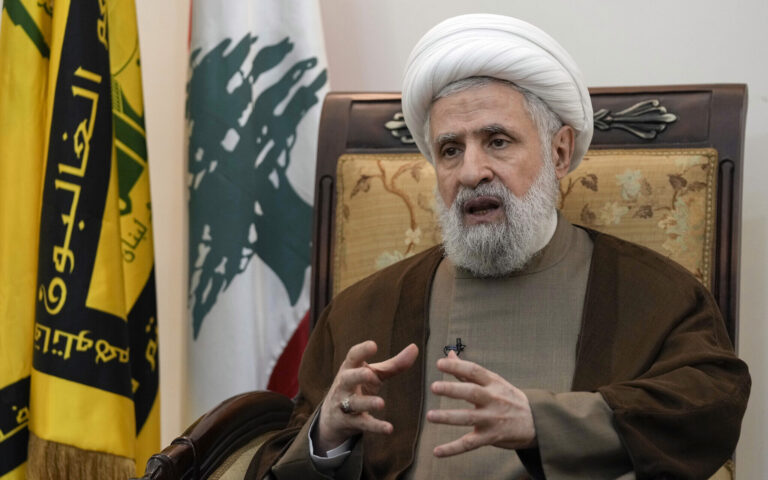
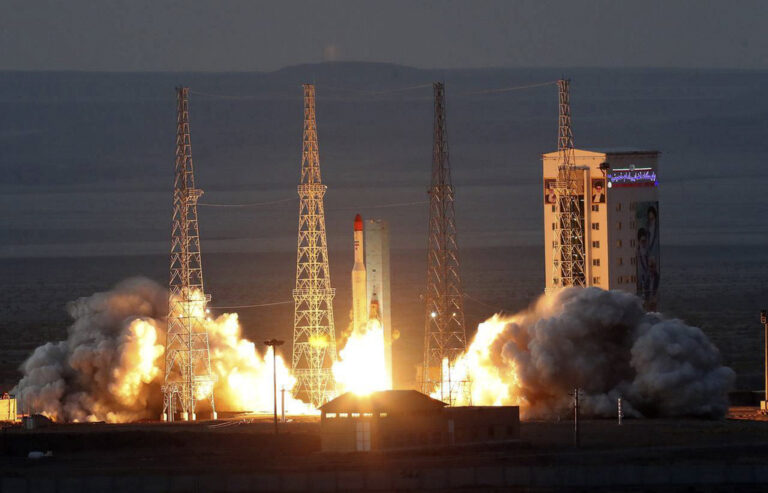
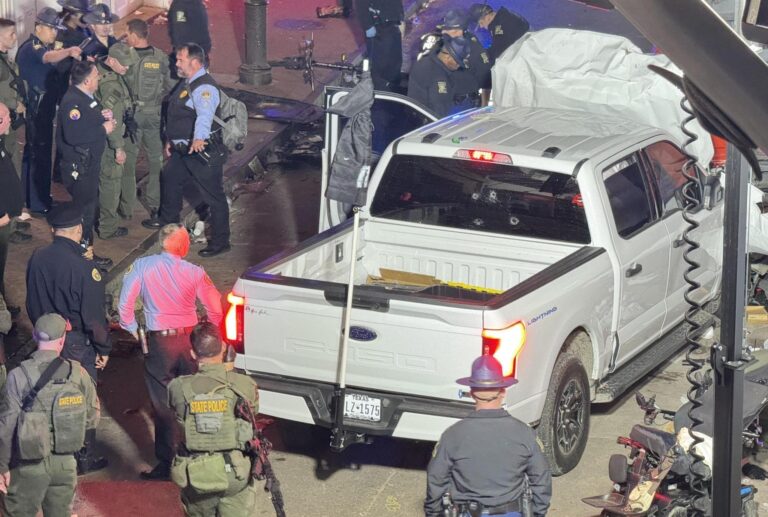


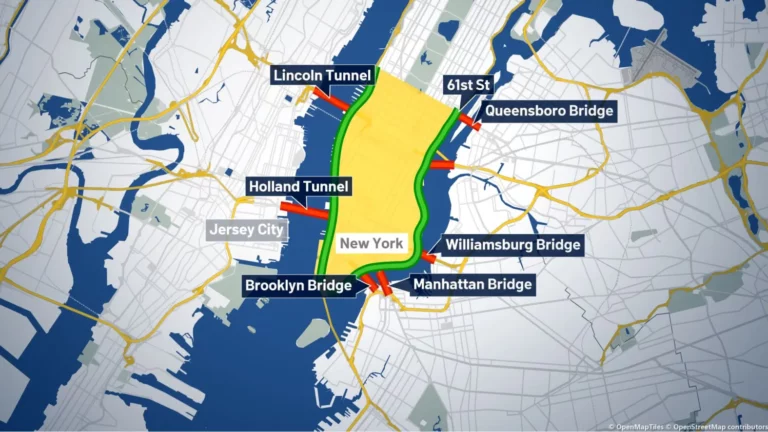
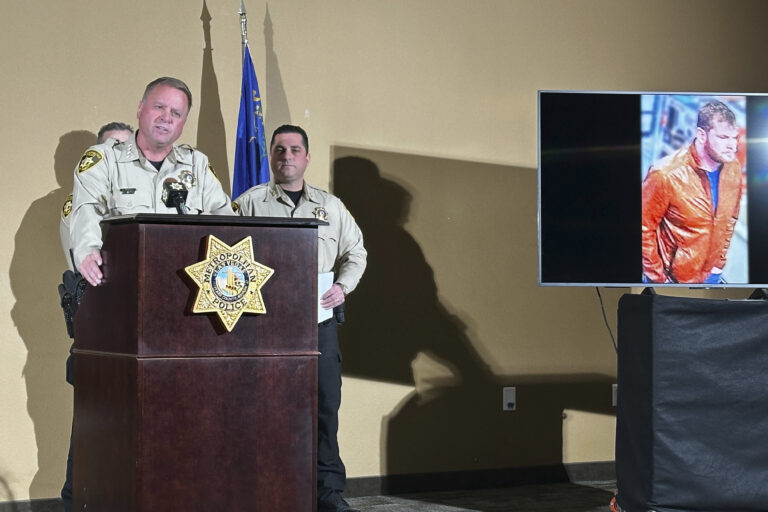


One Response
interesting. THOUGH IT SEEMDS THAT DEPSITE THIS, THE YEN HAS BEEN RISING. YOU WOULD THINK IT WOULD CRASH?